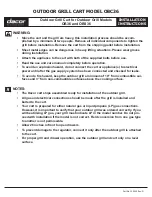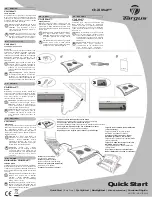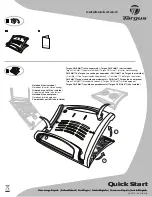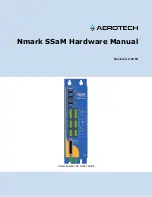
Operating Manual V8.2/03.2017
Non Invasive Road Sensor
G. Lufft Mess- und Regeltechnik GmbH, Fellbach, Germany
27
Fig. 12: General
Settings
Fig. 13: Equipment
Settings
12.2.2 Configuration
After a configuration has been loaded, all relevant settings and values can be adjusted.
12.2.3 General Settings
ID:
Device ID (factory setting 1; assign device IDs to additional devices in
ascending order).
Description:
In order to differentiate the devices you can enter a description here, e.g.
location.
Linespeed:
Transmission speed of the RS485 interface (factory setting 19200;
DO NOT
CHANGE for operation with ISOCON-UMB
).
Protocol:
Sensor communications protocol (UMB-Binary, UMB-ASCII, SDI-12).
Timeout:
In the event of a temporary changeover of the communications protocol, the
system switches back to the configured protocol after this time (in minutes).
Important note:
If the baud rate is changed, after saving the configuration on the sensor,
the sensor communicates at the new baud rate. When operating the sensor in a UMB
network with ISOCON-UMB,
this baud rate must not be changed
; otherwise the sensor
is
no longer addressable
and can no longer be configured.
12.2.4 Device Settings
Renew Adaption:
The sensor performs a one-time new adjustment to the conditions
prevailing at the installation.
Operation Mode:
The general operation mode of the sensor. (see page 11)
Offset:
Absolute offset of the road surface temperature measurement in °C.
Emissivity:
Emissivity of the road surface for the temperature measurement; the default
setting 0.95 is an average value for all road surface types.
Waterfilm damp threshold:
The road condition “damp” is transmitted with effect from this
water film height.
Note:
On polling the TLS channel the condition 32 is transmitted with effect
from this threshold.
Waterfilm wet threshold:
The road condition “wet” is transmitted with effect from this
water film height.
Other Parameters:
All other parameters should be changed only on the advice of the
manufacturer.
















































